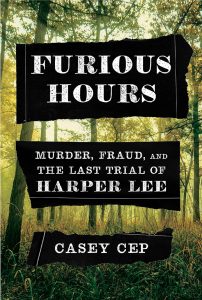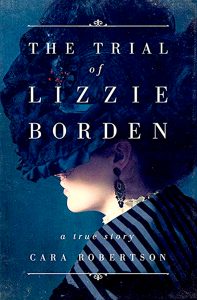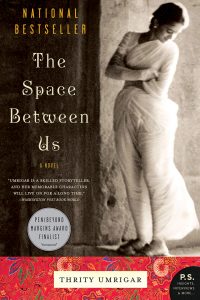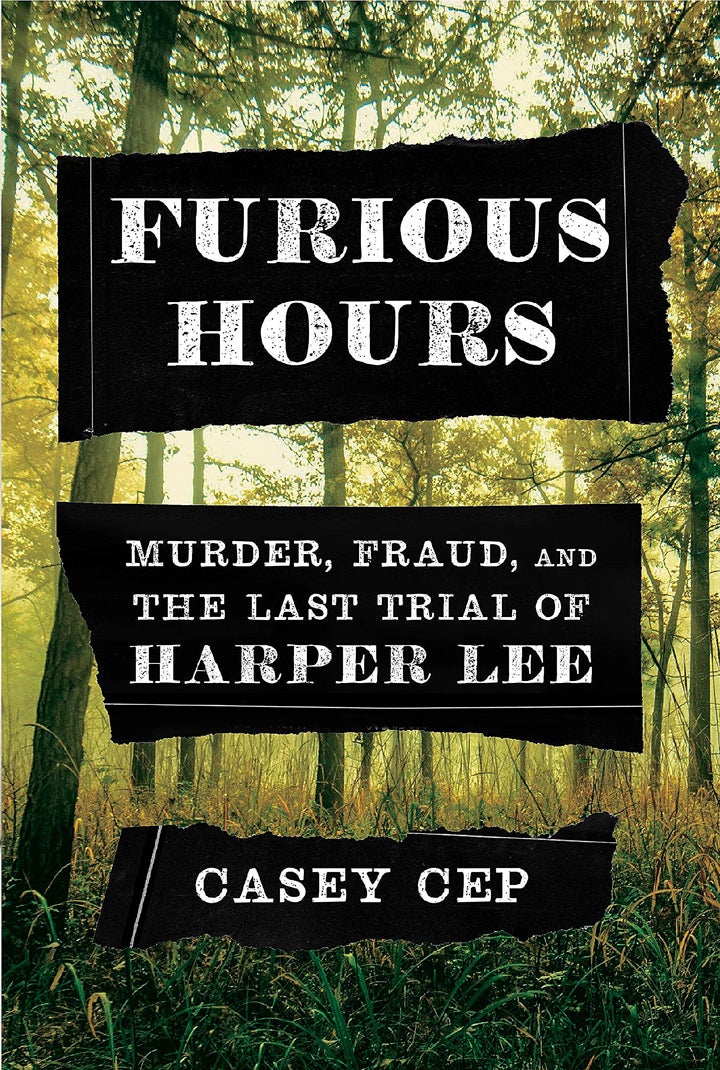
“Furious Hours: Murder, Fraud, and the Last Trial of Harper Lee” by Casey Cep
“A compelling hybrid of a novel, at once a true-crime thriller, courtroom drama, and miniature biography of Harper Lee. If To Kill a Mockingbird was one of your favorite books growing up, you should add Furious Hours to your reading list today.” — Southern Living
In her debut, “Furious Hours,” Casey Cep seamlessly blends three complex tales into one captivating nonfiction narrative. In an unmistakable Southern Gothic tone, Cep introduces the reader to not only the people, places and events embroiled in this thrilling courtroom saga, but also the views espoused by those in 1970s Central Alabama.
We are first introduced to the man at the center of it all, the Rev. Willie Maxwell. Cep fills us in on his history — how he kills his first wife, collects the life insurance following her death and is then subsequently arrested, tried and acquitted of her murder.
However, Maxwell doesn’t stop there. He goes on to kill four others (possibly five), once again collecting on their life insurance policies. The Rev. Maxwell soon meets his own comeuppance, falling victim to a man named Robert Burns, a relative of Maxwell’s last victim.
Next, we learn the story of Tom Radney, the lawyer who represents Maxwell during his murder trial, insurance company investigations and insurance policy payouts. A prominent Alabama attorney, Radney not only represents Maxwell, but also agrees to represent Robert Burns in his own murder trial. This would be the trial to draw the attention of renowned author Harper Lee.
Finally, we hear the story of Harper Lee and her fascination with Maxwell, the murders, Robert Burns and the trials that followed. Lee moves to Alexander City, Alabama, to research the events with the intention of writing a book based on them. It was to be her own “In Cold Blood,” which she had helped her longtime friend Truman Capote research many years before.
Cep gives us a close look at how Lee conducts her research, her contemplations concerning the writing of a true crime book and her hopes of publishing another literary success. Of course, this book would never be completed.
Casey Cep is an author from the Eastern Shore of Maryland. She currently works as a staff writer for The New Yorker. An instant New York Times, Wall Street Journal and Indiebound bestseller, “Furious Hours” has earned rave reviews from a wide variety of critics and readers alike.
— Reviewed by Paula Faught, Outreach Specialist, Paul Sawyier Public Library

“The Trial of Lizzie Bordon” by Cara Robertson
Familiar to most Americans, the story of Lizzie Bordon is not new, but what makes this book a great read is that Robertson has approached it differently. The first part of the book is dedicated to the murders, but the second part, which focuses on the trial itself, makes it worth reading.
The author put in more than 20 years researching trial transcripts, newspaper articles, police reports and personal letters. The result is a retelling of the trial in detail. The reader also gets a sense of how life was for women in the late 1800s.
Because Robertson relies heavily on presenting the facts, the book can get a bit dry, but is still worth the time to read. The author does not make any assumptions as to whether Lizzie is guilty or not, but presents the evidence so that the reader has the chance to decide.
Cara Robertson began researching the Borden case as a Harvard University undergraduate in 1990. This is her first book.
— Reviewed by Paul Sawyier Public Library staff

“The Space Between Us” by Thrity Umrigar
Thrity Unrigar grew up in Bombay, India, where her family always had servants. It wasn’t that they were rich, but that wages were so low that most families could afford to have help. These domestics were almost always women who helped in the kitchen with the cooking, cleaning and with children. But the mistress of the house would work alongside them, sharing news of the world and their family relationships.
In “The Space Between Us,” Sera is the mistress and Bhima has worked for many years in their household. Bhima was the only person to know that Sera was frequently abused by her husband. Bhima raised Sera’s daughter and was thought of as an aunt. The contrast between the privileged and the powerless is constant and conflicts with the friendship of two strong women.
Bhima cannot read, and after her husband suffers a terrible accident at work, he leaves her forcing her to move with her granddaughter into the “slum.” Bhima is determined for her granddaughter to have a better life, but that requires education. Sera provides her extra money so that Bhima’s granddaughter can go to school, concentrate on her studies without having to take a job.
The main theme of this novel is identity and class differences. These are universal across cultures and connected to survival. After every traumatic event, these women must reinvent themselves in order to continue with their lives. After Bhima’s husband abandons her, she must step forward and work harder to provide for her granddaughter.
Sera’s husband dies leaving her their middle-class apartment, but Sera still lives with the scars of abuse. She wants her newlywed daughter to have a better marriage than she did. So, Sera becomes the “perfect mother-in-law” trying to bridge the times when her daughter is disappointed with her husband’s behavior. Class colors their stories, but the ups and downs of the everyday connect their lives.
How many times have we reinvented ourselves? Who we are now is not who we were. Our environment, our relationships all force us to constantly change. I hope we always find a way through life’s trials.
Like the balloon vendor who makes children smile when he hands them his animal creations, one can connect with another even when there’s space between us. Bhima’s epiphany at the end of the novel confirms a new freedom and new strength for her to move forward.
— Reviewed by Lizz Tayor, Poor Richard’s Books

“The Great Alone” by Kristin Hannah
You can make one mistake in Alaska, but the second mistake will likely cost you your life. But burned-out Vietnam POW, Ernt Allbright, isn’t aware of this fact when he moves his wife and young daughter to Kaneq, Alaska, searching for a new life for his family.
Not quite a town, perhaps more of an outpost, Kaneq had been first settled by Native Americans, the Russian fur traders and then those that came for the Alaskan gold rush. It was hit by the earthquake in 1964 and the land mass dropped 5-feet in a second. Houses crashed and fell into the sea.
Young Leni Allbright reads voraciously and remembers a line of poetry from Robert Service, the bard of the Yukon: “Send not your foolish and feeble; send me your strong and your sane.” The Allbrights were definitely the reckless, foolish immigrants.
Leni is able to attend school, but there is only one older boy in the school house. They quickly become friends and his family helps orient the Allbrights in the necessary survival techniques during the brief reprieve from winter. They are warned that they will need to have a whole moose set aside for winter or they won’t make it.
Leni’s mother, Cora, is hopeful that this new environment will be what her husband needs to recover from the war. His anger and frustration frequently turn into broken bones and bruises for Cora. However, his nightmares seem to expand as the darkness of daytime grows. The locals notice Ernt’s paranoia and Cora’s bruises, but then again, Alaska is for the misfits that couldn’t handle the lower 48.
Robert Service wrote: “Were you ever out in the Great Alone, when the moon was awful clear; And the icy mountains hemmed you in with a silence you most could hear; With only the howl of a timber wolf, and you camped there in the cold …”
The Allbrights are alone in their cabin, with abundant snow, the increasing darkness and the eminent danger of the wild. They are on their own, with no one to save them but themselves.
— Reviewed by Lizz Tayor, Poor Richard’s Books










